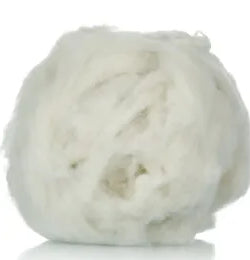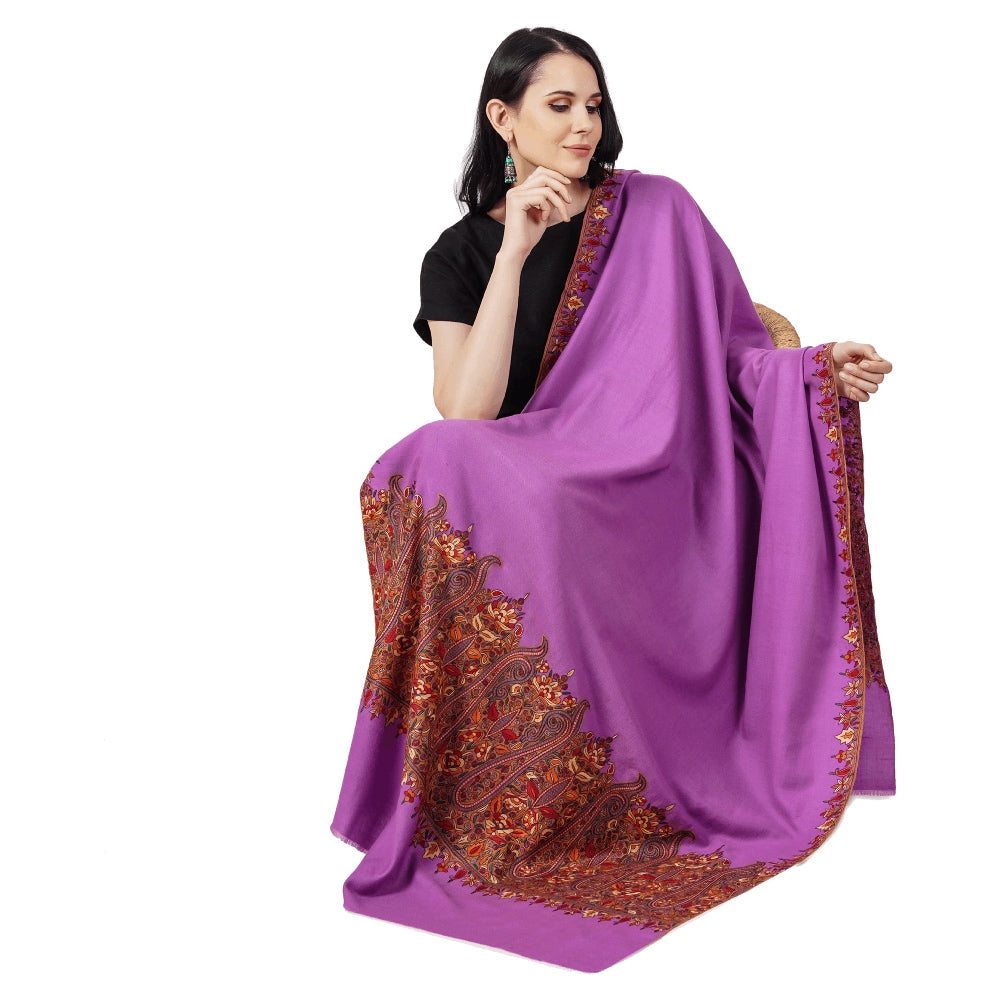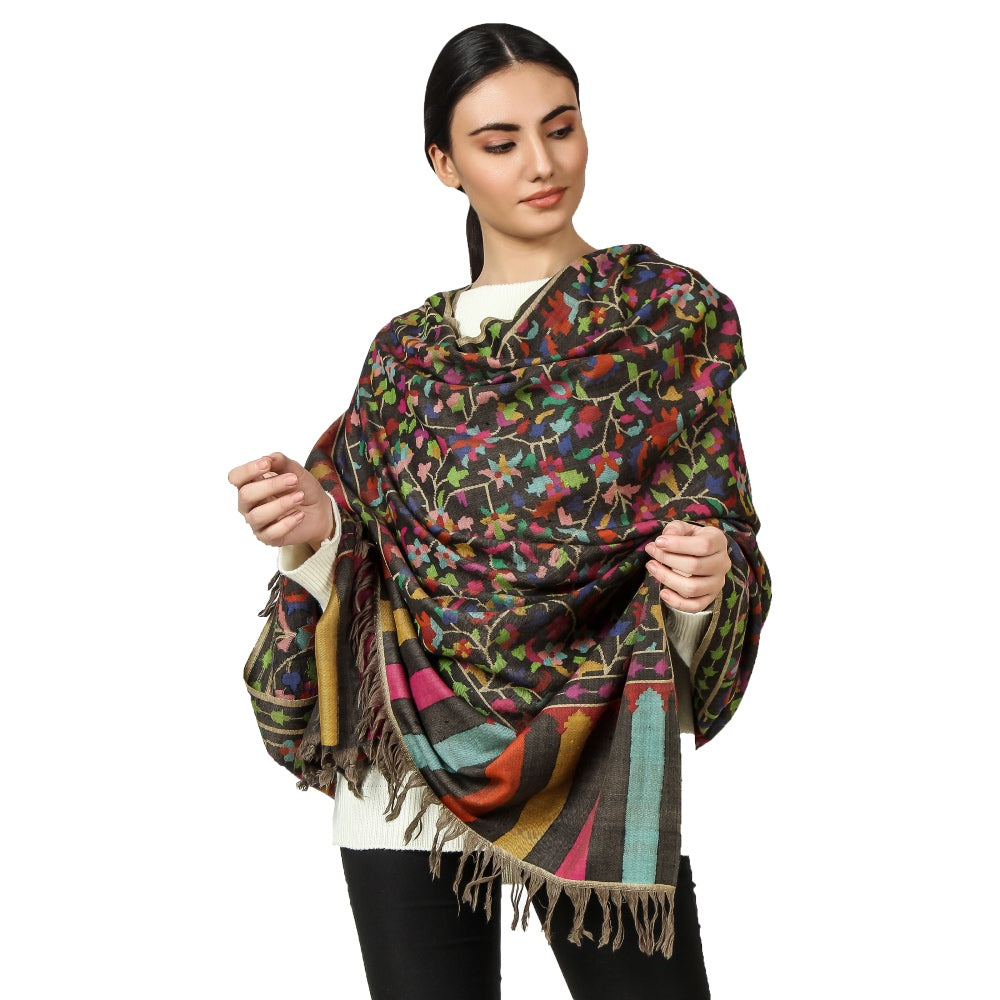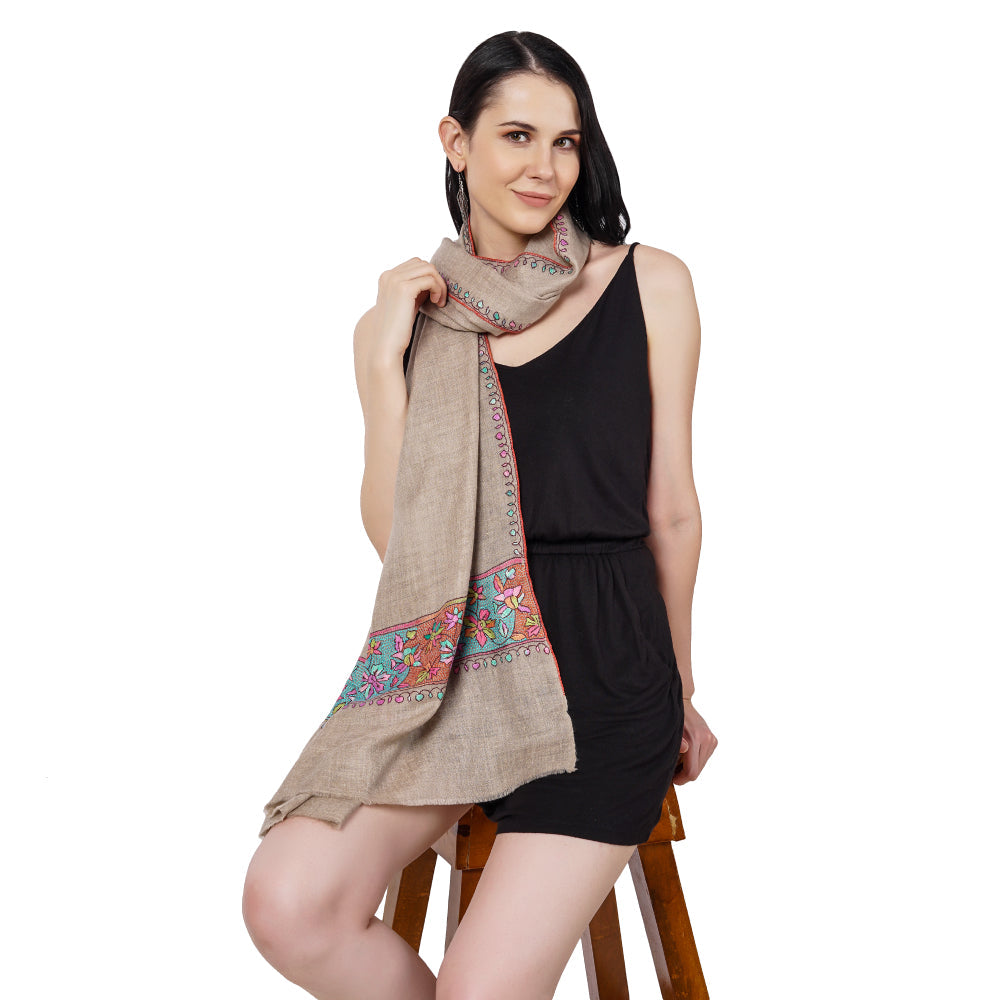
Which wool is used for Pashmina Shawl?
Share
Unveiling the Elegance of Pashmina Shawls: Exploring the Wool Behind the Luxury
Pashmina shawls have long been synonymous with luxury, elegance, and timeless beauty. These exquisite pieces of craftsmanship are treasured by fashion enthusiasts and connoisseurs around the world. At the heart of every Pashmina shawl lies a remarkable type of wool that defines its softness, warmth, and unparalleled quality. Join us on a journey as we delve into the world of Pashmina wool and unravel the secrets behind its creation.
Pashmina Wool - The Jewel of Kashmir
Origins and Authenticity
Pashmina wool originates from the high-altitude regions of the Himalayas, primarily found in the picturesque valleys of Kashmir, Nepal, and parts of Tibet. The word "Pashmina" itself is derived from the Persian language, where "Pashm" translates to "soft gold," reflecting the precious nature of this wool. Authentic Pashmina shawls are exclusively made from the fine undercoat fibers of the Changthangi goat, a breed indigenous to the cold climates of the Himalayas.
also read: a detailed blog on origin of pashmina
The Luxurious Characteristics
The undeniable allure of Pashmina wool lies in its extraordinary characteristics. The wool fibers are incredibly soft and fine, measuring around 12-16 microns in diameter. This gives Pashmina shawls their distinctive silky texture, making them a joy to drape around the shoulders. Despite its delicate feel, Pashmina wool boasts exceptional insulation properties, providing unparalleled warmth in chilly weather while remaining lightweight and breathable.
The Art of Harvesting and Weaving
Harvesting Pashmina wool is a labor-intensive process that requires great skill and patience. The wool is traditionally collected by combing the goats during the spring molting season when they naturally shed their undercoat. Each goat produces only a small amount of usable wool, making Pashmina a rare and precious material.
Once collected, the wool undergoes a meticulous process of cleaning, carding, and spinning to ensure its purity and quality. Expert artisans then weave the delicate fibers into intricate patterns, reflecting the rich cultural heritage of the region. The craftsmanship involved in creating a single Pashmina shawl is a testament to the dedication and artistry of the artisans.
Decoding Pashmina Grades: Understanding Quality
Pashmina versus Cashmere
Pashmina wool is often mistakenly equated with cashmere, another luxurious wool known for its softness and warmth. While both materials share similar characteristics, there are key distinctions between the two. Pashmina wool specifically comes from the Changthangi goat breed, whereas cashmere wool can be sourced from various breeds around the world. Additionally, the fine diameter of Pashmina fibers sets it apart, making it even softer and more luxurious than traditional cashmere.
also read: a detailed blog on which is softer cashmere or pashmina
The Grading System
The quality of Pashmina wool is categorized based on its fineness, with the finest fibers fetching the highest grades. The grading system ranges from Pashmina A, the finest and rarest, to Pashmina D, which comprises slightly coarser fibers. Pashmina A is often referred to as "King of Wool" and is highly coveted for its unmatched softness and exquisite texture.
Embracing Sustainability and Ethical Practices
Preserving Tradition and Livelihood
The production of Pashmina shawls is deeply intertwined with the cultural heritage of the Himalayan region. It provides livelihoods for numerous artisans and supports local communities. In recent years, efforts have been made to promote sustainable and ethical practices in Pashmina production, ensuring fair wages and humane treatment for the workers involved.
Nurturing the Environment
Pashmina goats are an integral part of the Himalayan ecosystem. Sustainable practices aim to protect the delicate balance of these regions by promoting responsible grazing and conservation efforts. By choosing authentic Pashmina shawls and supporting ethical production, consumers contribute to the preservation of both a luxurious tradition and the environment.
The Timeless Allure of Pashmina: A Legacy of Luxury
As we conclude our exploration of Pashmina wool, we come to appreciate the intricate blend of nature, tradition, and craftsmanship that goes into the creation of these magnificent shawls. Pashmina wool isn't merely a material; it's a testament to the enduring beauty that emerges when human skill harmonizes with the gifts of nature. By adorning oneself with a Pashmina shawl, one not only embraces elegance but also becomes a custodian of a rich heritage that spans generations




